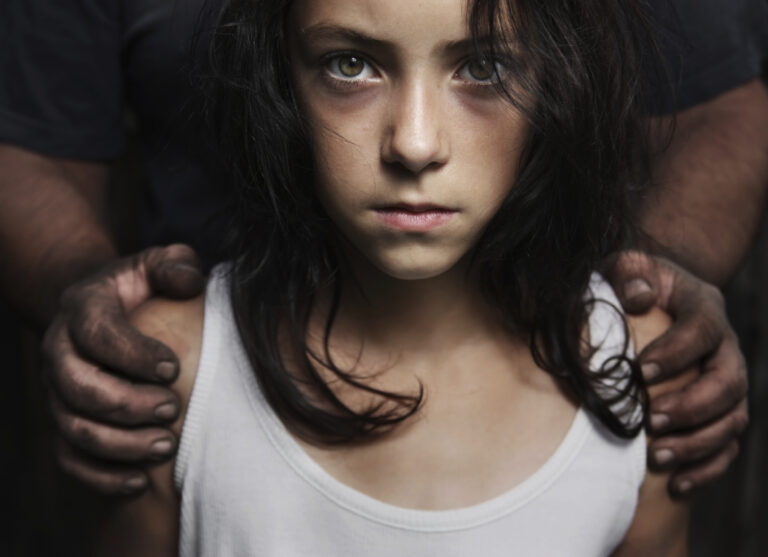Study: babies feel pain similar to adults
An Oxford University study has found that not only do babies in their first week after birth feel pain much like adults but that they also have a much lower pain threshold. The study looked at 10 healthy infants aged between one and six days old and 10 healthy adults aged 23-36 years. Infants were…
An Oxford University study has found that not only do babies in their first week after birth feel pain much like adults but that they also have a much lower pain threshold.
The study looked at 10 healthy infants aged between one and six days old and 10 healthy adults aged 23-36 years. Infants were recruited from the John Radcliffe Hospital, Oxford, and adult volunteers were Oxford University staff or students.
Dr Rebeccah Slater of Oxford University’s Department of Paediatrics, lead author of the report, said their team observed babies that fell asleep inside a Magnetic Resonance Imaging (MRI) scanner so that, for the first time, they could study pain in the infant brain.
“Up until recently people didn’t think it was possible to study pain in babies using MRI because, unlike adults, they don’t keep still in the scanner!
“However, as babies that are less than a week old are more docile than older babies, we found that their parents were able to get them to fall asleep inside a scanner so that we could study pain in the infant brain using MRI.
“This is particularly important when it comes to pain: obviously babies can’t tell us about their experience of pain and it is difficult to infer pain from visual observations. In fact some people have argued that babies’ brains are not developed enough for them to really ‘feel’ pain, any reaction being just a reflex – our study provides the first really strong evidence that this is not the case. This work builds on foundational related imaging work in babies led by our colleagues at UCL,” said Slater.
Scans were taken of the babies’ brains as they were poked on the bottom of their feet with a special retracting rod creating a sensation mild enough that it did not wake them up.
-
“As infants are unable to describe their pain, reflex leg withdrawal from the stimuli was visually observed during scanning. Parents were present during the studies and no infants were withdrawn from the study after recruitment,” the study reports.
According to Oxford University’s Blog, the researchers found that 18 of the 20 brain regions active in adults experiencing pain were active in babies. Scans also showed that babies’ brains had the same response to a weak ‘poke’ (of force 128mN) as adults did to a stimulus four times as strong (512mN). The findings suggest that not only do babies experience pain much like adults but that they also have a much lower pain threshold.
-
“Adult participants reported increased pain with increasing stimulus intensity (r = 0.48; p < 0.0001), and most frequently described the pain as pricking (n = 8 of 10) and sharp (n = 6 of 10). In infants, application of the stimuli evoked visible withdrawal of the stimulated leg, which could be observed at all stimulus intensities, whereas in adults, reflex withdrawal of the leg or foot was not observed at any stimulus intensity, " states researchers.
Slater said that studies show that children in neonatal units that had been given pain relief have had better outcomes after surgery.
“One of the most special memories that I have of doing the research with children in neonatal intensive care was looking at a baby who was in an incubator and her mom was next to me and I was touching the baby’s foot. And, every time I touched the foot, we could see a little pattern of activity in the brain,” Slater said of her research.
Until the research was conducted, the only way to tell if a baby was uncomfortable was by their facial expressions, researchers pointed out.
Rachel Edwards, who gave permission for her son Alex to take part in the study and was the first baby to be placed in the MRI scanner, described the process, “I fed him and put him down on this special bean bag that they suck all the air out of to help keep the babies’ heads still. Then they put on earphones that cut out some of the sound but I think the noise actually soothed him. He was out for the count, he didn’t wake up during the scanning and seemed really content afterwards.”
The researchers compared the scans with brain scans of adults exposed to the same pain stimulus and found that 18 of the 20 brain regions active in adults experiencing pain were active in babies.
They also found that babies’ brains had the same response to a weak ‘poke’ as adults did to a stimulus four times as strong.
This images demonstrates what researchers found:
“It is quite incredible, it used to be thought that babies just don’t feel pain,” Slater points out.
“And, the idea was that although you could see that they were responding and moving, that this was merely reflexive and not to then be processed by the brain,” Slater added.
In addition, to using the MRI scanners to look at the whole network of activity regarding pain in infants, which has never used in studying pain in babies before, Slater said they have also used EEG, a technique where researchers put electrodes over the surface of the baby’s head and see whether there are any particular patterns of activity that only occur when you do something painful.
The findings, published the journal eLife, entitled, fMRI reveals neural activity overlap between adult and infant pain, suggest that not only do babies experience pain much like adults but that they also have a much lower pain threshold.
-
“Pain is defined as an unpleasant sensory and emotional experience. This study provides the first demonstration that many of the brain regions that encode pain in adults are also active in full-term newborn infants within the first 7 days of life. This strongly supports the hypothesis that infants are able to experience both sensory and affective aspects of pain, and emphasizes the importance of effective clinical pain management.,” the study states.












“But whoso shall offend one of these little ones which believe in me, it were better for him that a millstone were hanged about his neck, and that he were drowned in the depth of the sea.” http://WWW.THINKAMERIKA.COM